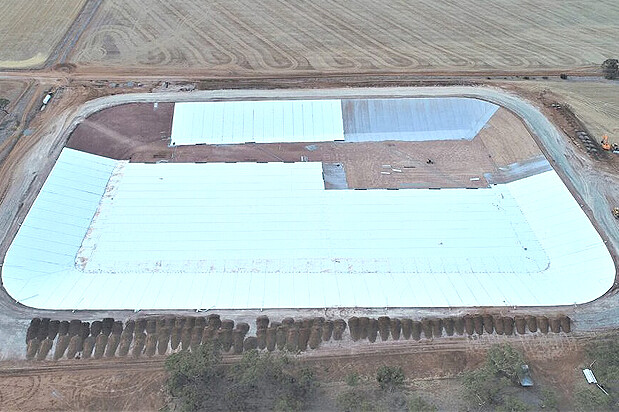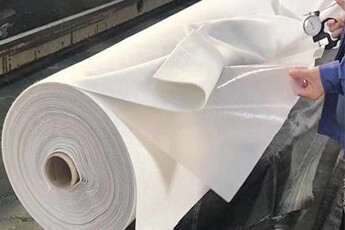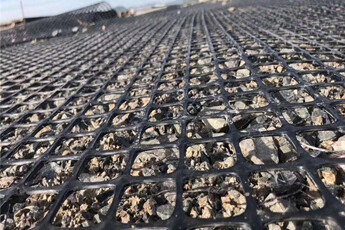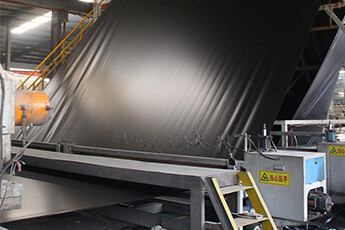
Geomembrane liners are important materials for preventing the leakage of liquids and gases in various construction and environmental projects. Among the different types of geomembrane liners available in the market, HDPE (High-Density Polyethylene), PVC (Polyvinyl Chloride), and LLDPE (Linear Low-Density Polyethylene) geomembrane liners are widely used. Each type of geomembrane liner has its unique properties and applications, so it is important to understand the differences between them.
HDPE geomembrane liners are made of high-density polyethylene, a thermoplastic polymer known for its strong and durable properties. HDPE liners are often used in applications that require high chemical and UV resistance, such as landfill liners, mining operations, and pond liners. The high tensile strength and puncture resistance of the material make it suitable for projects that require long-term durability and protection from environmental factors.
LLDPE geomembrane liners are made of linear low-density polyethylene, a flexible and elastic material known for its puncture resistance and elongation. LLDPE liners are often used in applications where flexibility and elongation are critical, such as floating covers, secondary containment, and canal liners. The material's ability to conform to substrates and resist punctures makes it ideal for projects that require high levels of flexibility and durability.
PVC geomembrane liners, on the other hand, are made from polyvinyl chloride, a synthetic plastic polymer known for its flexibility and chemical resistance. PVC liners are often used in applications where flexibility and weldability are important, such as water containments, decorative ponds, and agricultural ponds. PVC geomembrane liners are known for their ease of installation and ability to conform to irregular surfaces, making them a popular choice for a variety of containment projects.
When comparing HDPE, LLDPE, and PVC geomembrane liners, several key differences are apparent. HDPE liners are known for their high tensile strength and chemical resistance, making them suitable for applications that require long-term durability. LLDPE liners are valued for their flexibility and puncture resistance, making them suitable for applications that require high levels of elasticity and elongation. PVC liners are valued for their flexibility and weldability, making them ideal for projects that require easy installation and conformability to irregular surfaces.
In summary, the choice between HDPE, LLDPE, and PVC geomembrane liners depends on the specific requirements of the project. Each type of geomembrane liner offers unique properties and benefits, so it is important to consider factors such as chemical resistance, flexibility, and puncture resistance when selecting the most appropriate material for a specific application. By understanding the differences between HDPE, LLDPE, and PVC geomembrane liners, engineers and project managers can make informed decisions to ensure the success and durability of their containment and environmental protection projects.
GET IN TOUCH
Contact With us




